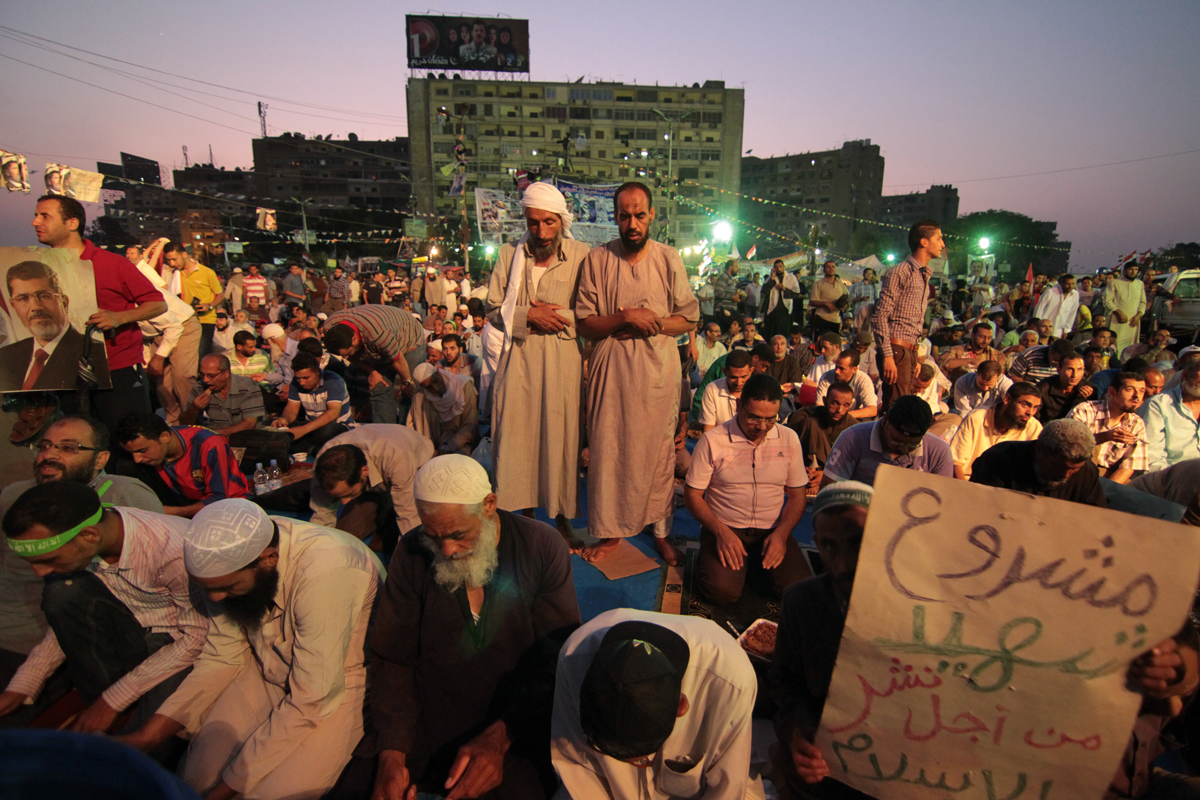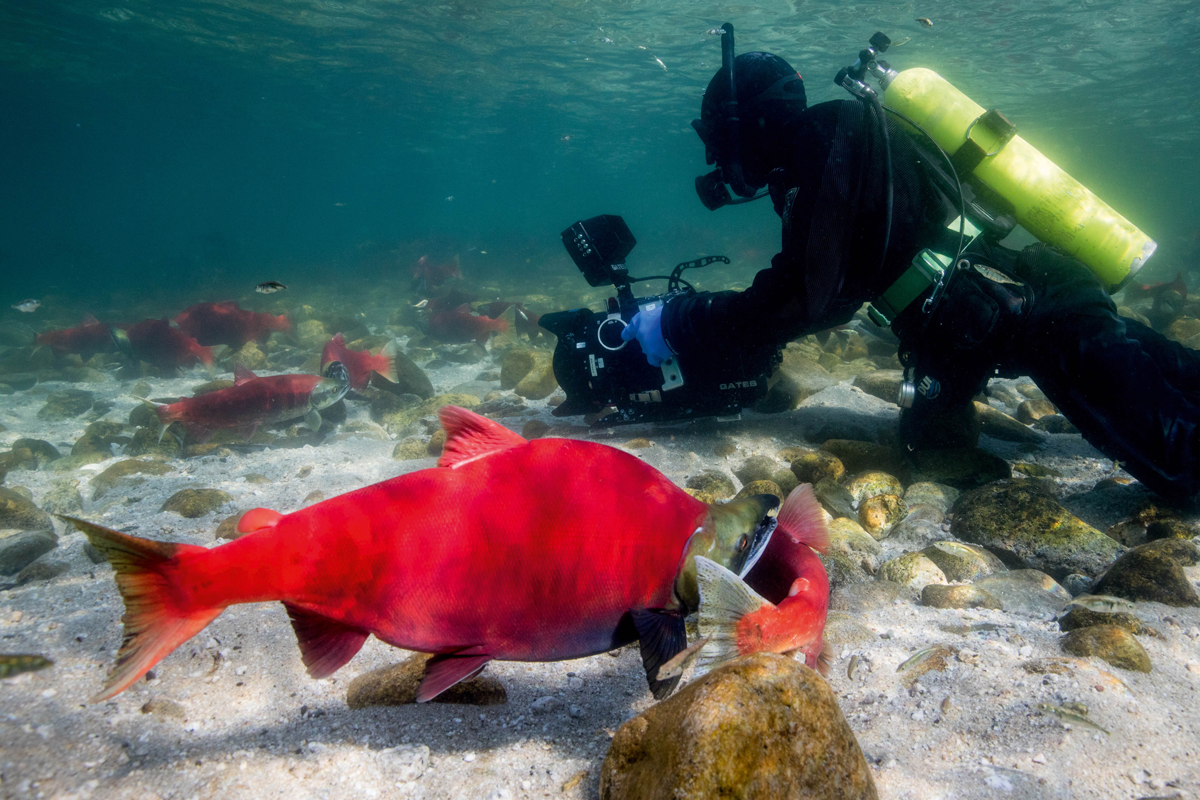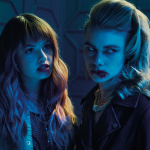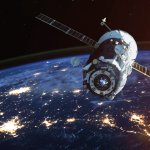
To film or not to film?
Posted on Jan 14, 2022 by Alex Fice
How to bring important stories to the world ethically and safely, with the right gear
Words Chelsea Fearnley / Images Various
Documentary films are to the media landscape like a vital organ is to the body. They get under the skin to the heart of the subject matter, and can represent the experiences of those that lived closest to an event. They’re a matter of public interest; to aid in the understanding of the different lives that share a stake in the world. But acquiring such stories can pose both ethical and health-and-safety risks to the filmmakers or subjects involved. Questions on whether to film or not to film, how close is too close, and how far is too far should be answered before stepping into the field. Occasionally, lines are crossed and limits breached, but there’s often a divide between consumer and filmmaker about whether the output is morally right or wrong.
Human ethics
“When we’re approaching people at their most raw and vulnerable, we need to do so with care. Although we’re there to capture an important story, we’re approaching people that technically shouldn’t have to give consent to share their story – it’s not a state in which they’re functioning at full form,” explains DOP Elisa L Iannacone, who is experienced when it comes to documenting those in a position of despair. She’s worked in more than 30 countries during times of conflict and humanitarian crisis, and is a survivor of trauma herself. “I was sexually assaulted when I was 23, and know that if I was approached at that time, I might have said something I could come to regret years later. We need to implement every possible sensitivity and make it incredibly clear as to what our intentions are with that story.”
Taking the time to inform your subjects is paramount to avoid a repeat of uncomfortable situations. An example is when Steve McCurry pulled a girl out of an Afghan classroom to interview her. She is from a culture where it’s taboo for her to be alone with a man, and although McCurry maintained they shared a wonderful connection, she claimed she was scared for her life. Another instance was documented by author Edward Behr in his book Anyone Here Been Raped & Speaks English? The title is a quote from a rather insensitive TV reporter, that Behr heard canvassing Belgian settlers fleeing fire from the Congolese military. It summarises the fearless, albeit tactless, trade of the war journalist – while also serving as a timely reminder of how journalists need to have a dose of humility in complex situations.

“But there’s no hard line with ethics; there’s no blanket answer of what you should and shouldn’t do. It’s a judgement call – and that’s why it’s important to constantly question yourself,” says Iannacone. “I always go back to the Kevin Carter photograph, The Vulture and the Little Girl. The famine-stricken child turned out to be a boy, but Carter didn’t have enough time to realise this. He received a lot of criticism, despite winning a Pulitzer Prize and being praised for the widespread awareness it raised for famine. Many asked, how could he photograph a child that was about to be attacked? Calling it inhumane and unethical for taking the picture before chasing the vulture away. But, I would argue that if he had not captured this moment, there would not have been the same spark of outrage about world hunger.”
She adds: “It’s tough. Ellen Kuras, one of the best female cinematographers in the world, decided not to take a photograph of a child after pointing the camera at her, when covering unrest in Cambodia. The youngster raised her arms, because that’s what they had been told to do when someone pointed a gun at them. Again, it boils down to making a judgement call, and that was hers in that situation. But I’m sure some could argue that getting the shot would have created huge awareness.”
Preparation and gear
No matter how resilient you might be, capturing these stories can take a heavy toll. “Pre-production is your best opportunity to create a safety net; to assess the situation and understand how you can prepare mentally and physically,” says Iannacone. “I always advise fellow documentary filmmakers to have a ‘point person’ – whether family, friend or colleague, who knows where you are at all times, so they can check in. Equally, you need to keep mental health safe; take the time to decompress, and know when this is possible. These situations are taxing and oftentimes overwhelming.”
I always advise fellow documentary filmmakers to have a ‘point person’ – whether family, friend or colleague, who knows where you are at all times, so they can check in
She continues: “When it comes to physical safety, you need to ensure you’re protected – such as taking necessary precautions against disease with antibiotics and vaccines – but also that you’ve got the right equipment to facilitate the job you’re tasked with carefully. It’s risk for reward, because as filmmakers, once we’re in that environment, we always want to push the envelope – it’s easy to get carried away. James Nachtwey, one of the most famous war photographers, says the best place to be is exactly in the middle of the action. I do have friends that shoot in conflict areas on 25mm lenses, but there’s a balance. Close-ups are wonderful, but you can also have a safe vantage point from which to cover the story, and do it justice on a telephoto lens, without risk of getting shot.”
In natural history filmmaking, the pre-production stage is a similarly exhaustive aspect of capturing content. You’re not documenting humans, but animals, and their behaviour can be unpredictable – not only in terms of safeguarding, but ensuring you’ve got the right tools to tell their story.

Tania Esteban, an assistant producer for the BBC, explains her pre-production procedure: “I start by researching – gathering scientific papers and building a rapport with specialists to learn about the life, history and uniqueness of a particular animal. Then, I work out the risks versus payoffs, as well as what visuals we’ll be able to capture from their behaviour. I collaborate closely with the production coordinator to formulate the logistics and location elements, which is where the exciting part comes in: working with the cinematographers and camera talent to decide what kit is needed. For example, if we’re filming a very shy bird that’s only active during the morning, we would choose a Red Gemini because it has far-ranging ISO technology that will enable us to shoot in low-light conditions, without losing detail in the shadows and highlights. We could also utilise the Panasonic S1H or GH5 cameras, because their Dual Native ISO technology is fantastic. Plus, they’ve got a wonderful dynamic range – one which gives us the latitude to cut and use the chroma colour data to match it with the Gemini.”
Although Esteban argues that Red cameras are the crème de la crème for natural history filmmaking, the Panasonics are a firm favourite for her personal kitbag. “The GH5 is beautifully dynamic, compact, and does everything I need to get good shots. It shoots 4K at 60fps and has 4:2:2 10-bit – and I’m not hampered by the Micro Four Thirds sensor, because the 2x crop factor actually gives me more reach, which is nice for wildlife photography. I then pair that with Angelbird V90 cards and an Atomos Ninja V monitor/recorder, which, when used with the S1H, means I can get 5.9K
ProRes Raw.”
I shot red-crowned cranes at 4K 60fps and in glorious 10-bit, to emphasise their movements
Esteban recently shot with the S1H in Japan, working in temperatures as low as -17°C to show the contrasting relationship between its wildlife, which included red-crowned cranes and snow monkeys, and the metropolis that is Tokyo. She explains: “I shot the red-crowned cranes at 4K 60fps and in glorious 10-bit, to emphasise their beautiful, graceful movements. And then did a lot of time-lapses and hyper-lapses in Tokyo, to convey the juxtaposition between the natural world and the frenetic human lifestyle.”
Animal ethics
At the turn of the century, the kit used to aid narrative in natural history filmmaking advanced tremendously. But television programming has levelled up since streamers arrived on the playing field, and is now having to compete with the likes of The Crown or The Queen’s Gambit in terms of scale and beauty. “We’re having to drive ourselves to the top through cutting-edge research and technology. We showcase amazing science in a way that engages people to empathise with, and care about, the natural world, using the latest visual storytelling tools,” explains Esteban.
Read the full article here.











